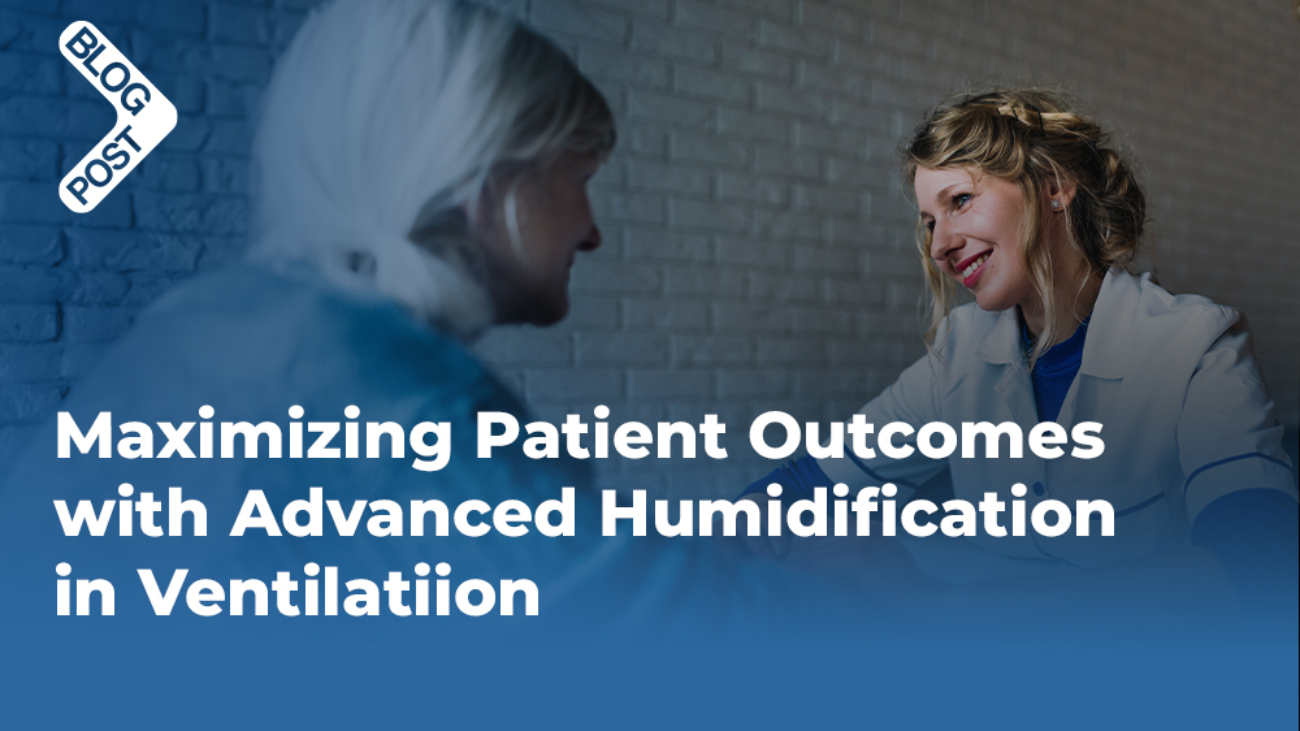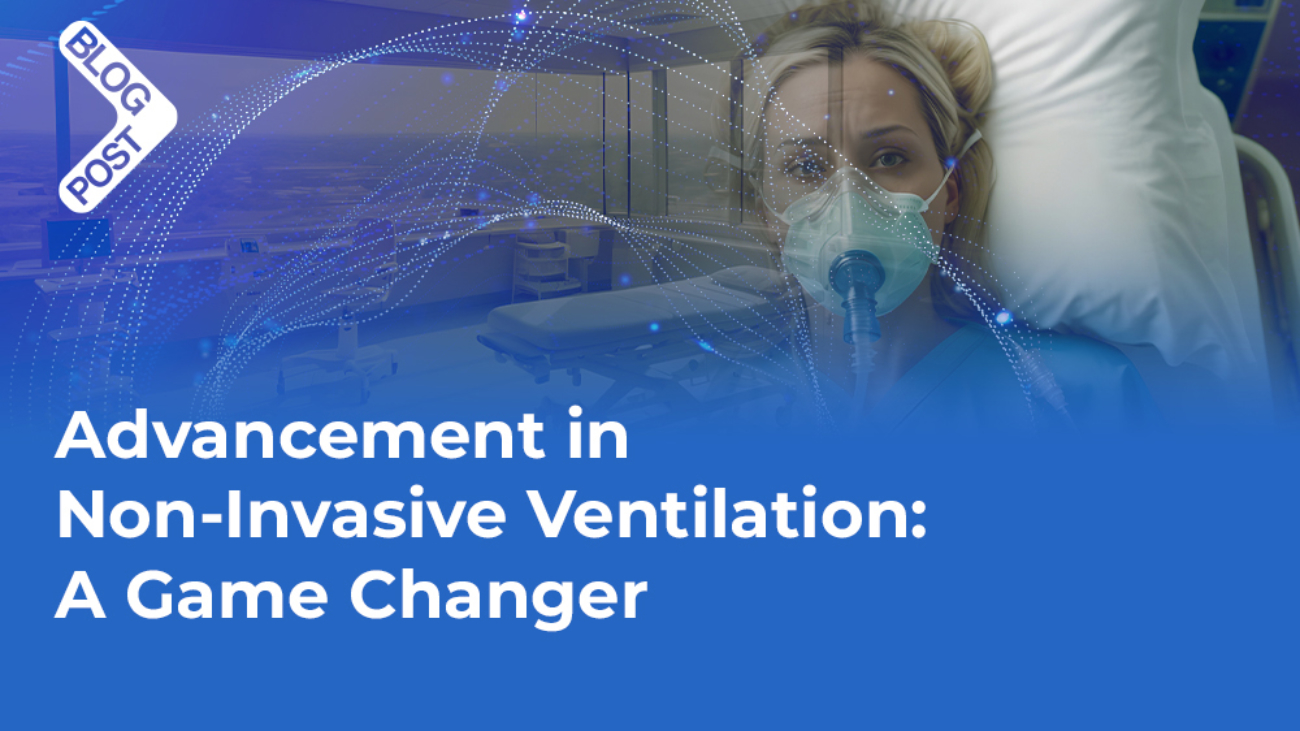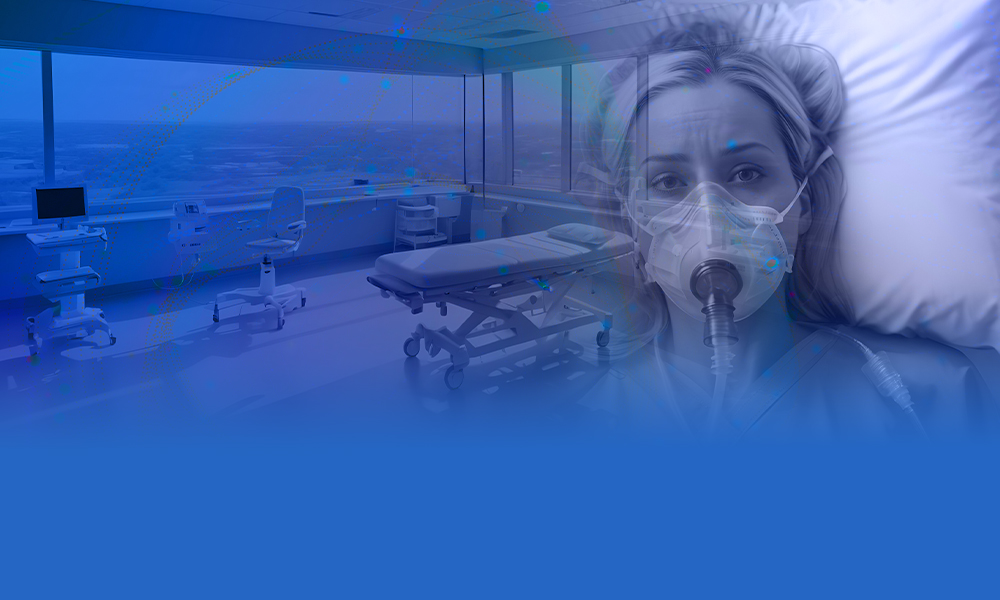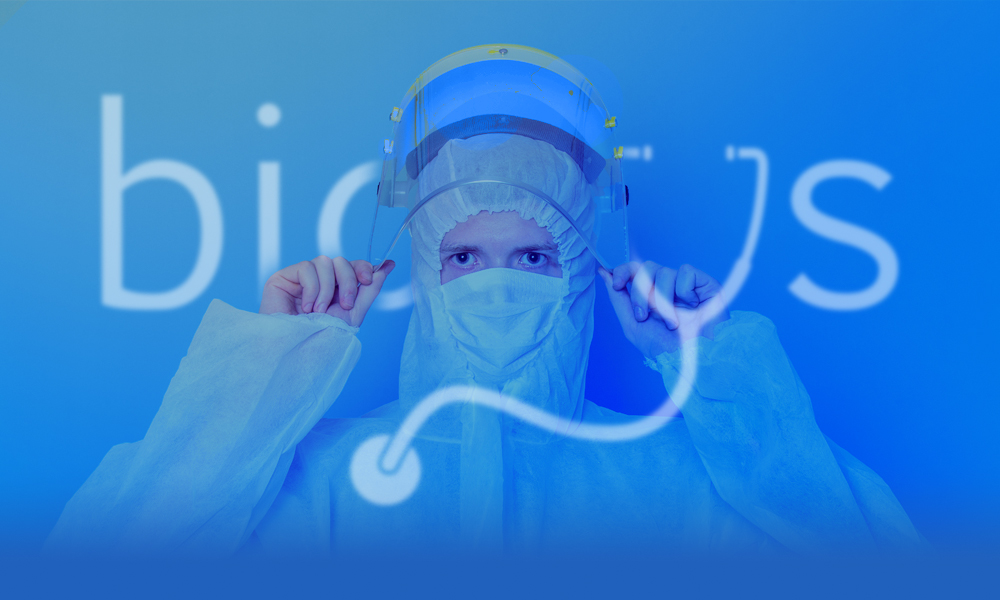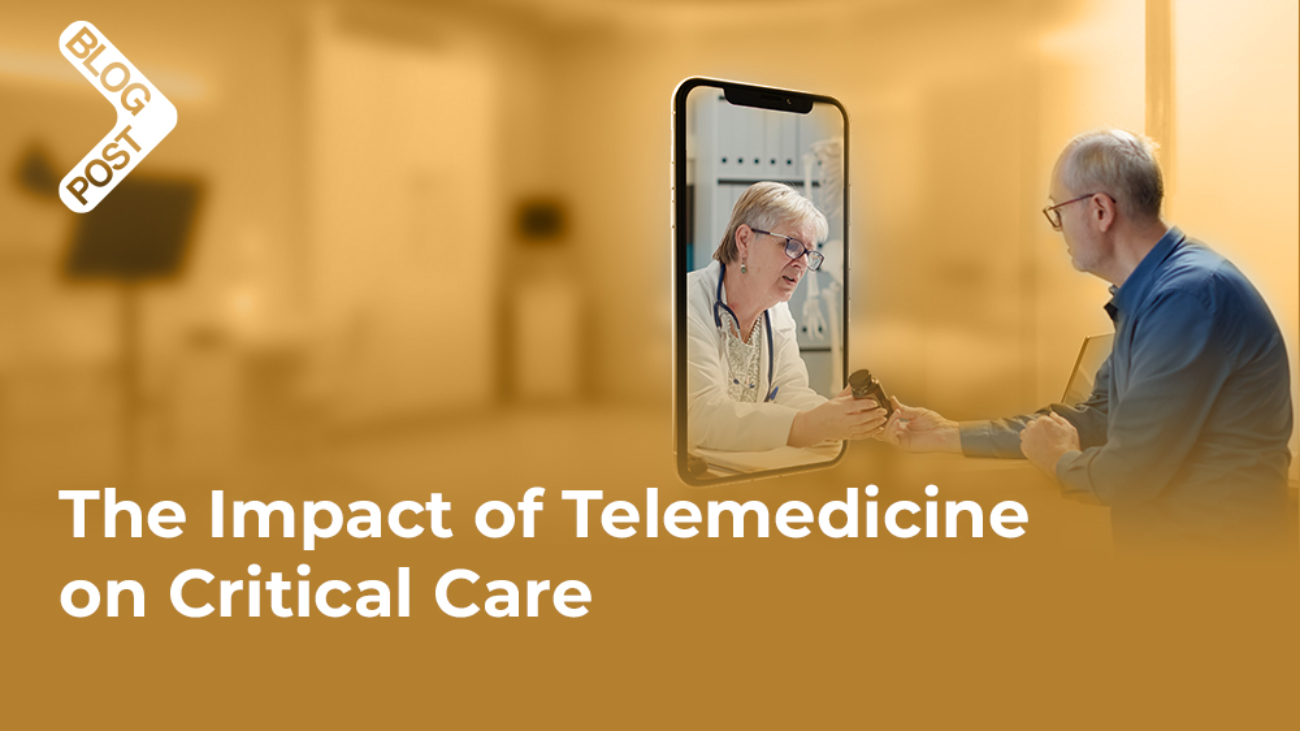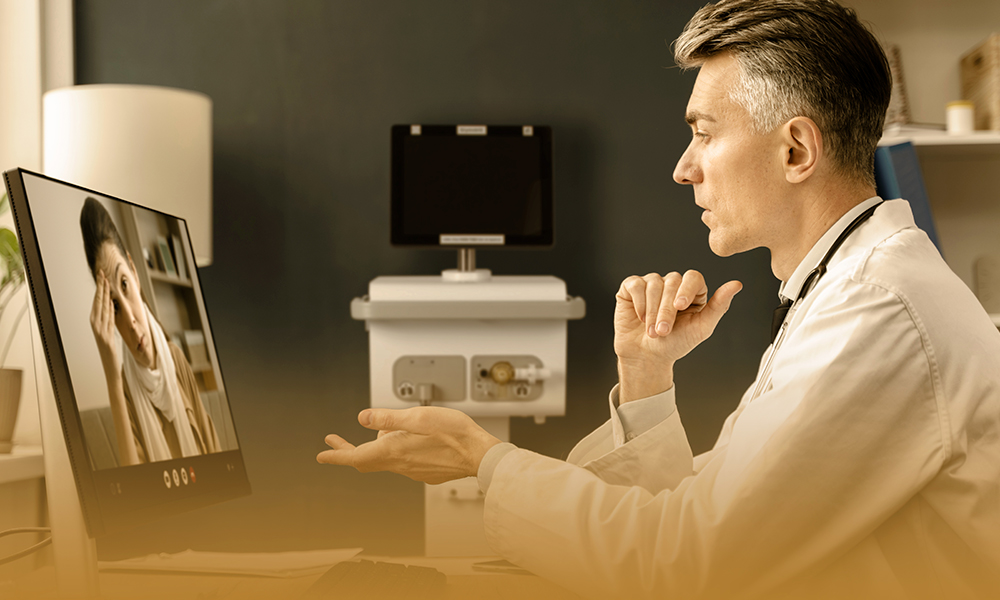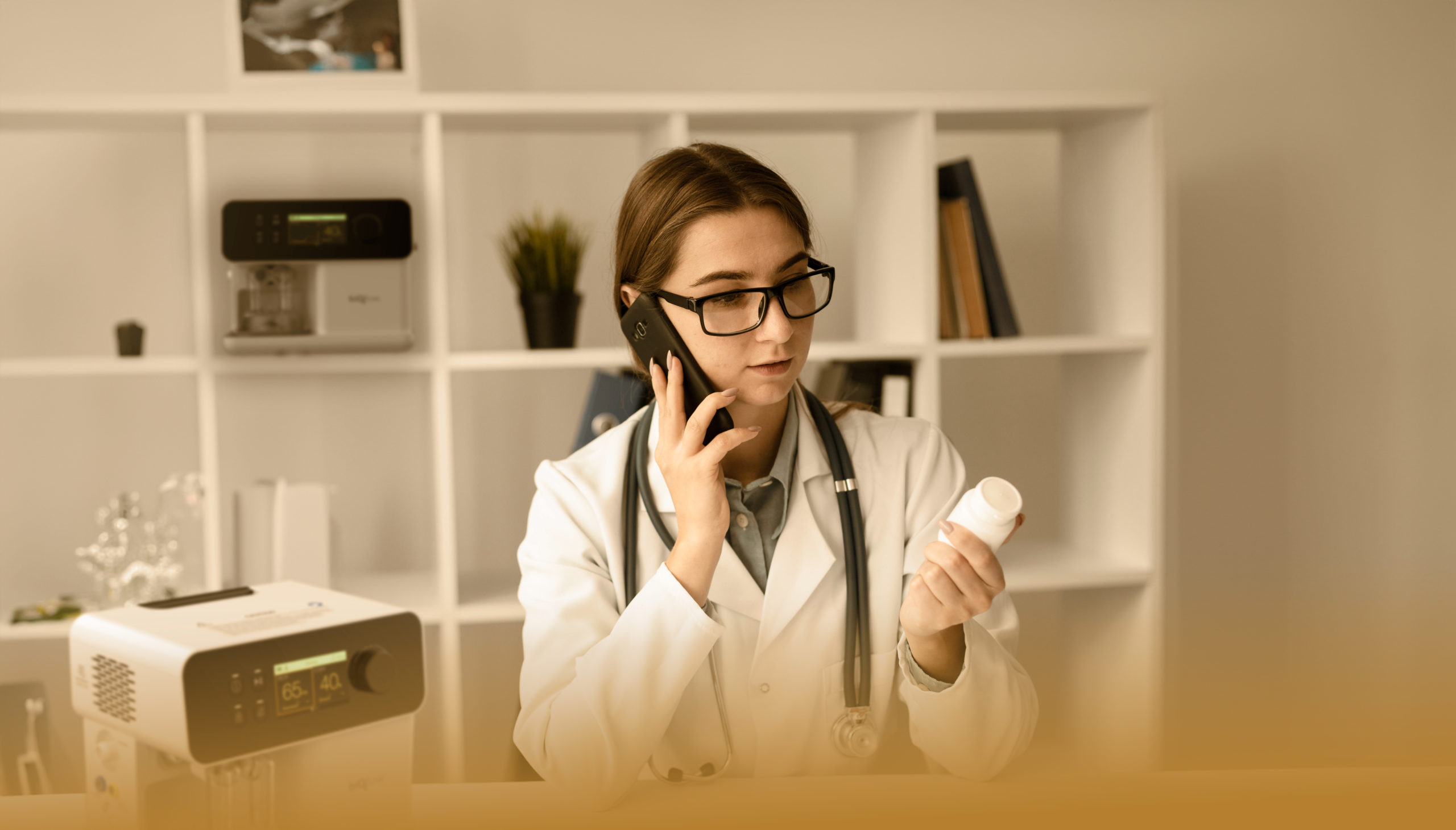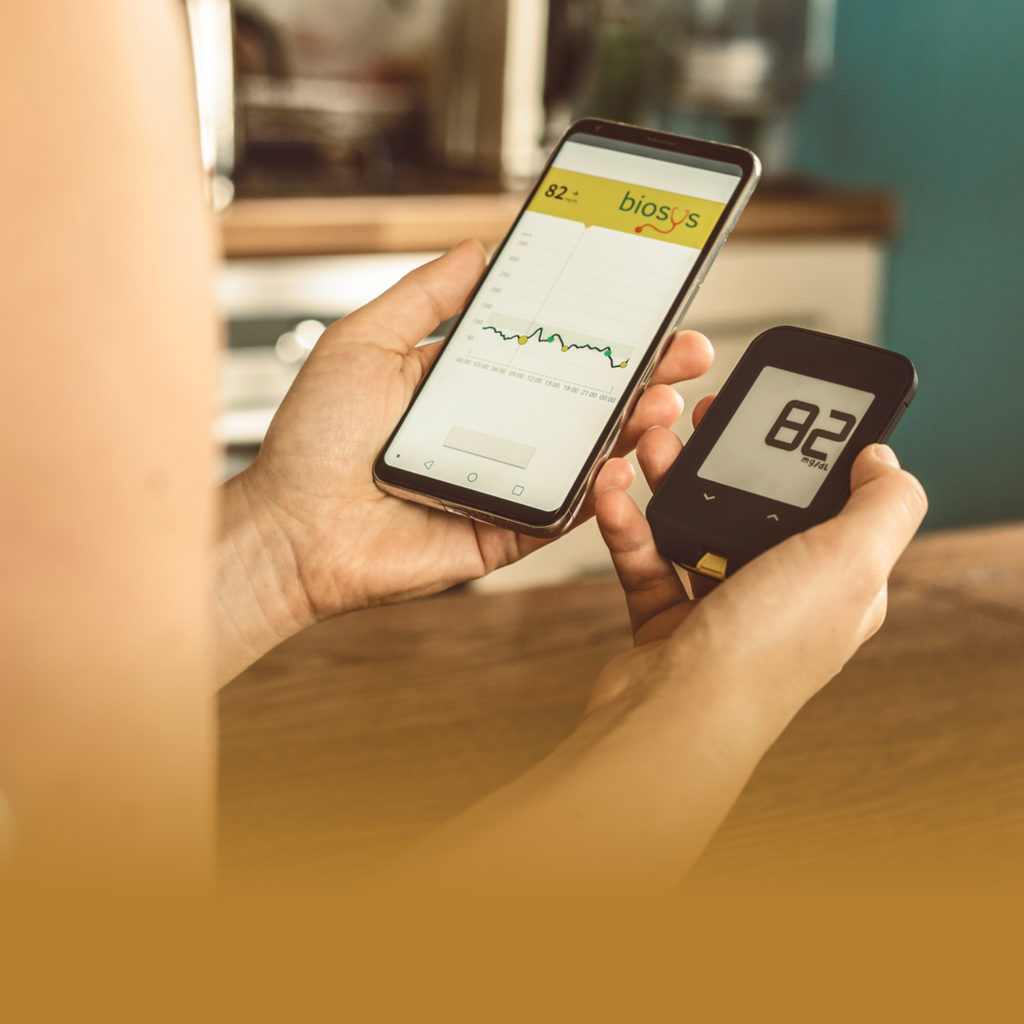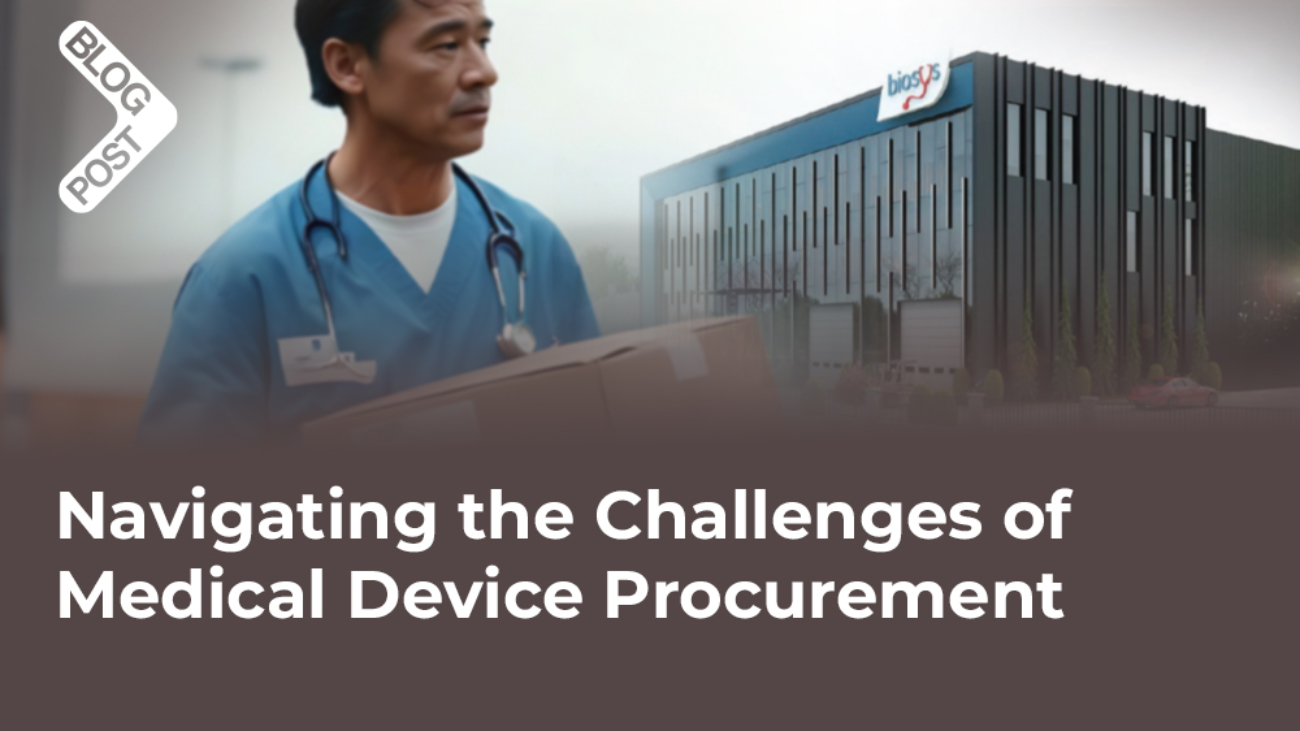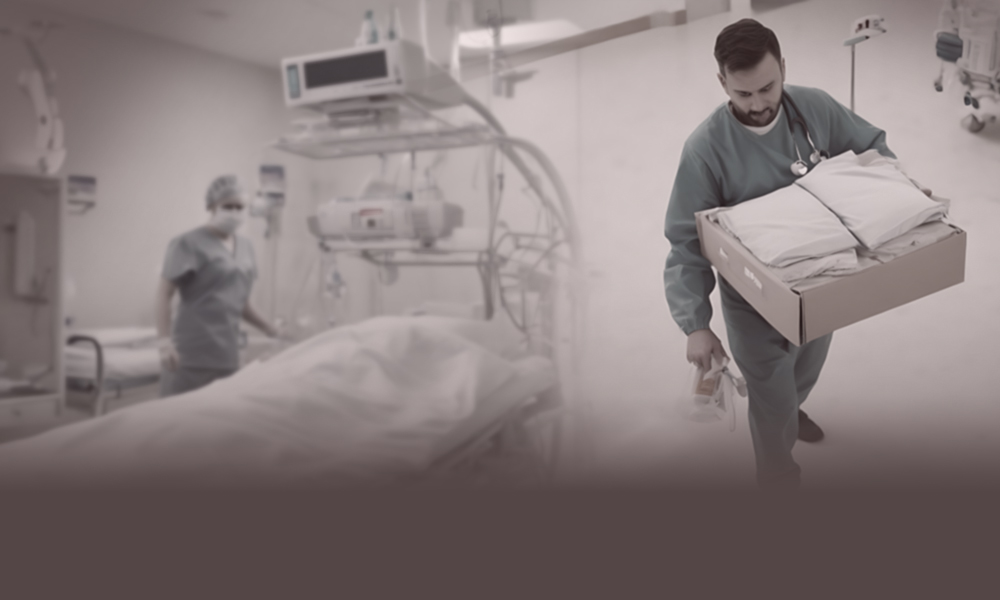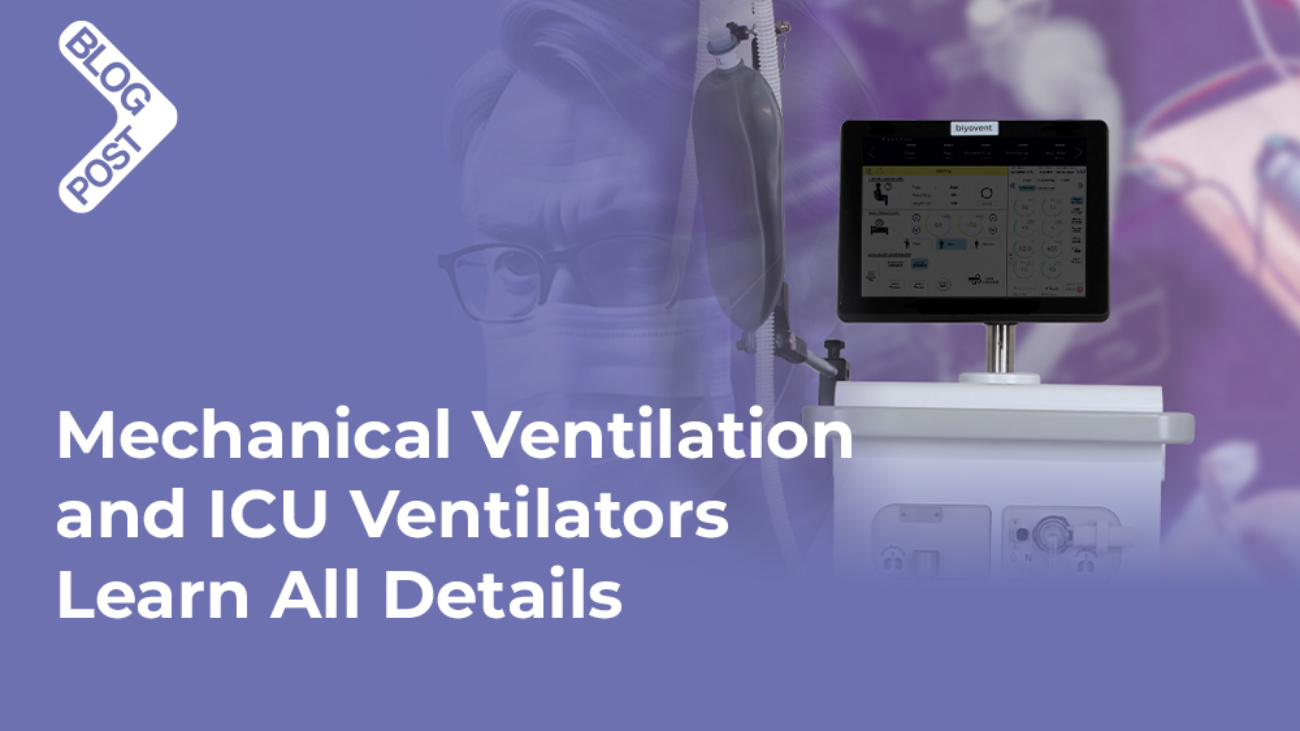One of the major systems in the human body that is responsible for the control of gaseous exchange is the respiratory system. Sometimes, this breathing pathway may be damaged due to certain conditions resulting in improper ventilation mechanisms. However, with the invention of humidifier ventilation, most of these respiratory inconveniences and difficulties can be avoided.
Initially, the human airway performs the function of an additional provision of water vapor (moisture) to inspire air which enhances pulmonary activities. This process of additional moisture known as a humidification mechanism is often provided by what is called a ventilator humidifier in a mechanical ventilator.
However, there have been a series of improvements in clinical technology providing an adequate medical system that maximizes patient outcomes. This article will provide you with comprehensive details about humidification, its key roles, strategic implementation, and success stories in ICU settings.
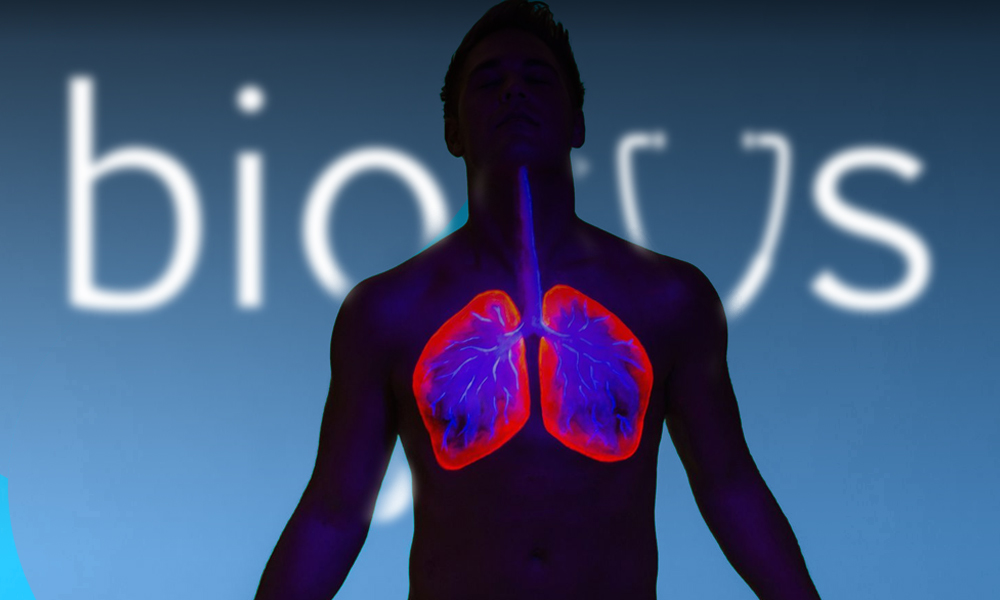
What’s Respiratory Humidification?
The process of adding moisture, heat, and filtrating inhaled air in mechanical ventilators to aid convenient breathing similar to normal is known as Respiratory humidification. It is an integral process that provides lung protection, comfortable respiration, and above all keeps the airway safe.
The Role of Humidification in Respiratory Care
Generally speaking, patients in the ICU setting often benefit from the great impact of humidification, as it provides them with so much improved respiratory care. Some Integral roles performed by humidification are:
1. Upper Airway protection:
The addition of saturated water molecules makes inspired air filled with moisture that helps in the protection of the mucosa lining the nostrils and pharynx (airway).
2. Enhance Gaseous Exchange:
With the help of ventilator humidifiers, proper diffusion, and exchange of inspired air are carried out within the lungs and with the environment.
3. Patient Comfort:
One of the most integral roles of humidifier ventilation is in its comforting mechanism aided by providing fresh breath without tampering with the airway or causing havoc to the lungs. In addition to this comfort, it provides perfect tolerance and compliance.
4. Regulate Temperature:
The humidification process provides a regulated inspired air preventing the cause of any thermal-related problems e.g. hypothermia. It helps in the regulation of the internal body temperature which aids in proper medical treatment.
5. Prevent Complications:
The presence of a ventilator humidifier prevents patients from developing various respiratory problems or damages. It protects them from conditions like bronchospasm, infections, mucous plugging, and lots more due to the humid passage through the lungs.
6. Decrease Airway Resistance:
Ventilation humidifier also plays a significant role in preserving the airway’s natural humidity balance and also reduces airway resistance.
7. Long-term Ventilation Assistance:
In most cases that require prolonged respiratory care, an advanced positive pressure mechanism, incorporated with humidifier ventilation is often utilized to preserve the system and solve the difficulties.
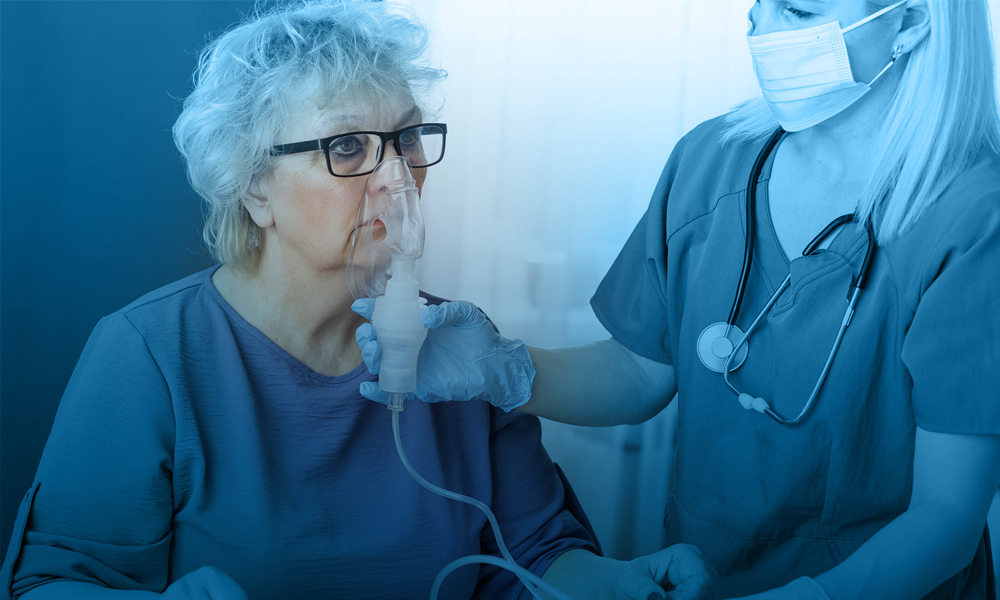
Case Studies: Success Stories in ICU Settings
The use of humidifier ventilators in ICU settings has brought great advancement in the healthcare sector by producing increased success stories and patient outcomes. Below are some ventilator’s impact success stories:
Case Study 1: The Impact of Humidifier Ventilation in John’s COPD Maintenance
A forty-year-old man, called John, experiences a miraculous treatment that helps preserve his severe breathing condition. His amazing recovery was achieved due to the impact of humidifier ventilation during his brief stay in the ICU setting.
He is a refinery worker with a medical background of 3 years of COPD. He was brought to the healthcare center with various likely symptoms like persistent wheezing, shortness of breath, and chest pain after a long morning exercise he had that morning.
After a proper diagnosis, a bullectomy surgery was considered a perfect solution by the medical team to preserve John’s life. A strategic plan was structured by the medical team to perform the surgery.
The surgery was a success following the perfect removal of giant bullae (air pockets) in the left lung. After the surgical procedure, the concurrent chest pain was reduced, and was entirely placed on the non-invasive humidifier ventilator.
John’s surgery was a success, and he was referred to the ICU setting as he was permanently placed on a positive pressure ventilation system coupled with a ventilator humidifier.
In conclusion, the humidifier ventilation method was administered to enhance his respiratory function. He was discharged and further assisted via telemedicine care.
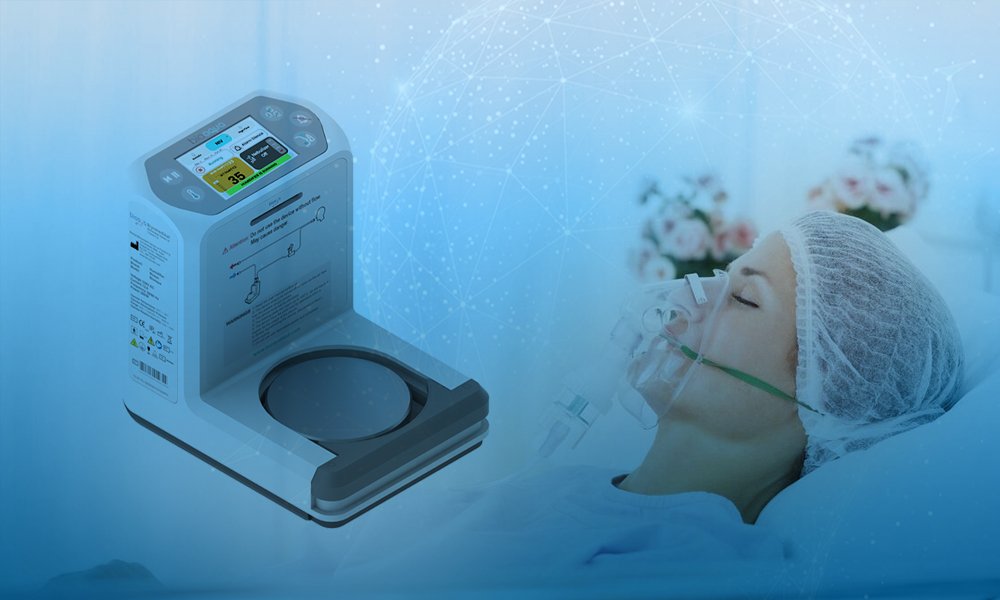
Case Study 2: Angela’s tale of recovery from Acute Asthma with a Ventilator Humidifier in ICU
Angela, a young girl, was brought into an accident and emergency unit. For the sake of saving her life, an asthmatic-relieving drug was administered and then placed on a non-invasive ventilator humidifier.
Her medical symptoms and background show that she is having difficulty breathing, wheezing, and shortness of breath, and has been managing the condition since 8 years old.
Quickly, she was first stabilized and referred to the ICU, where she was placed on an NIV ventilator humidifier. She was constantly monitored throughout the process.
She was assigned some medical specialists, like respiratory therapists and pediatricians, who work tirelessly to achieve their medical goals.
Due to her age, she was carefully monitored and assisted by several nurses. After about three to five days in the intensive care unit, her respiratory system was observed to improve, and she was also breathing perfectly well. She was discharged from the ICU setting in good condition.
Best Practice for Implementing Humidification
The use of a ventilator humidifier requires some procedures for the enhancement of general healthcare. To implement humidification, the following procedures are to be practiced:
- Determine Perfect Humidification Method: The selection of a perfect humidification method, either an active-passive humidifier or a heated humidifier, is vital for medical well-being.
- Monitor Temperature and Humidity: Constant checks should be taken on the appropriate level of humidity and temperature. This helps lessen inflammation and airway dryness and should be maintained according to patient demand.
- Sterile Water Utilization: Sterile Water is the best that can be used for airway humidification that won’t expose the patient to pollution or external factors.
- Routine Cleaning and Maintenance: To avoid microbial development and preserve ventilator maximum efficiency, rigorous adherence to proper upkeep and cleaning systems must be executed for various humidification components.
- Use of Heat and Moisture Exchanger Filters: These filters are a good component that helps to preserve humidity and also reduce infection tendency. The proper use of this filter will grant the body defense to external bodies.
- Sensor Check: When checking the degree of humidity consistently, the humidifier ventilator may automatically change settings with the help of an in-built sensor.
In summary
The role of humidification in ventilators exceeds the provision of air moisture. It is a method that has been seen to provide comfort and increase patient outcomes. A ventilator humidifier is an important factor that protects the lungs and provides an airway function for ventilators. It functions similarly to airways in normal respiration by providing satisfying long-term assistance that also prevents infection.
You can be a partaker of a respiratory system like no other with the aid of an advanced humidification system. This alternative breathing method is a type that brings more comfort, satisfaction and improved pulmonary treatment. However, you can also be a participant in this transformative respiratory care by taking a step today with a humidified ventilation system.

